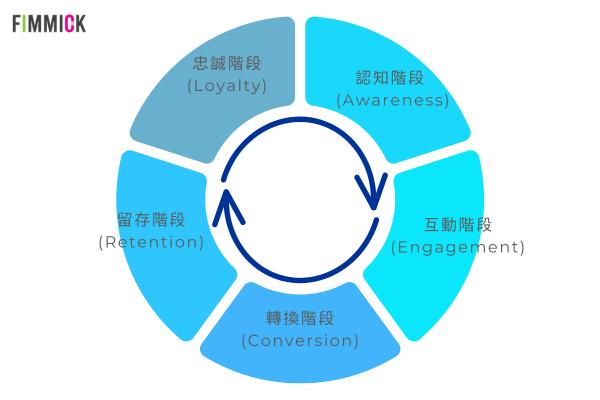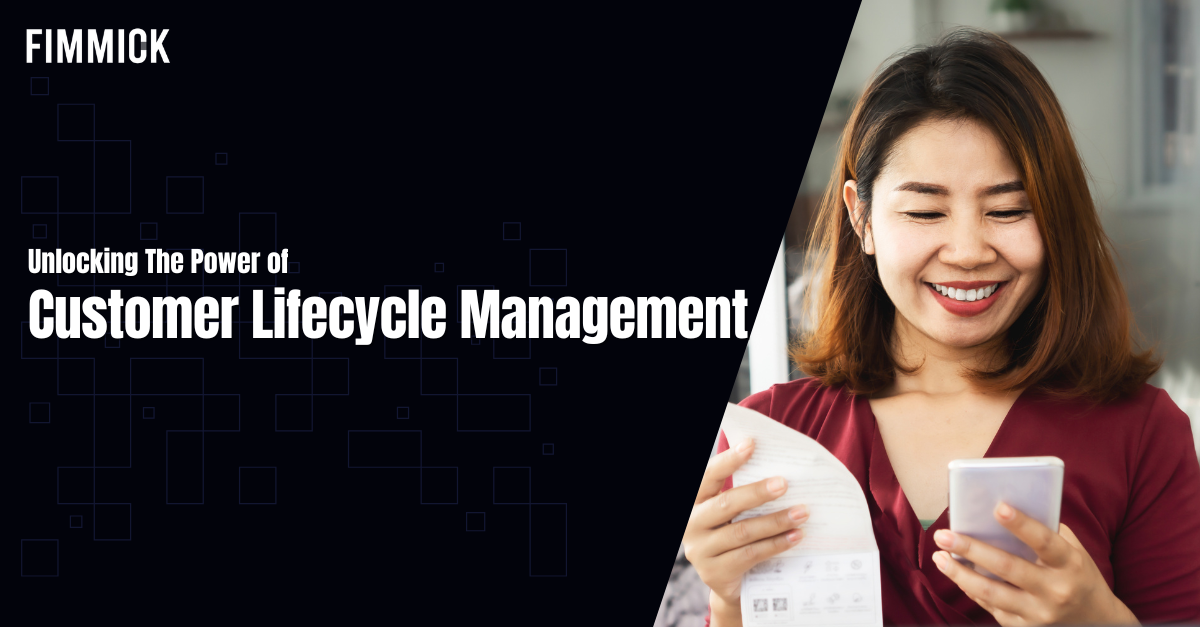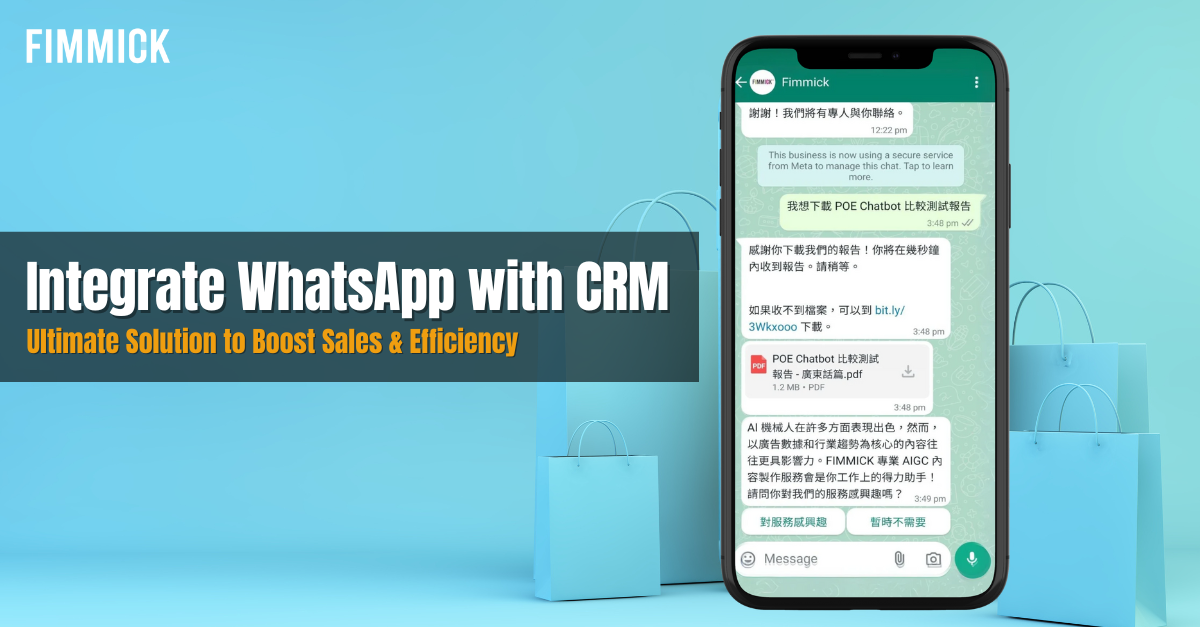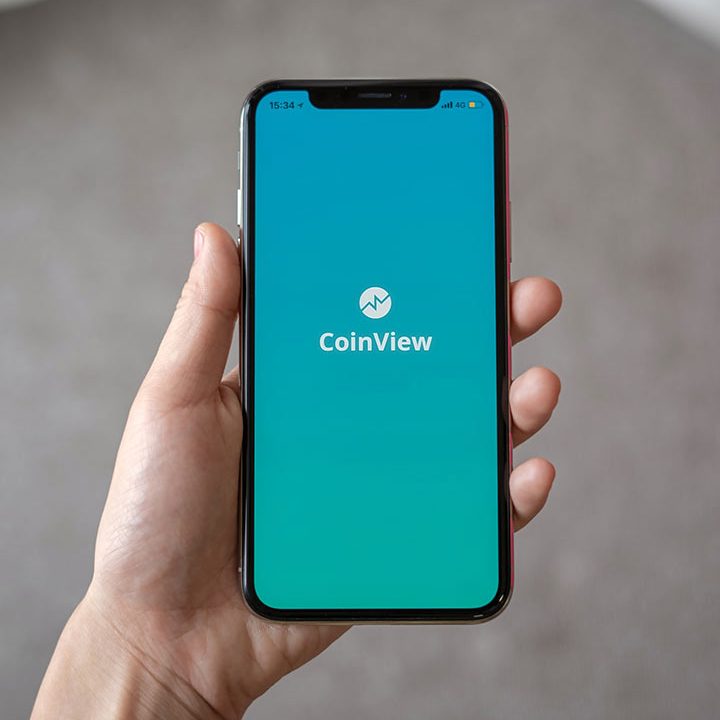CRM: Unlocking The Power of Customer Lifecycle Management
Reading Time: 8 min
Many brands prioritise acquiring new customers, thinking this is the key to revenue growth. However, did you know that acquiring a new customer can cost five times more than retaining an existing one? This highlights the critical importance of customer retention. In this article, we’ll explore Customer Lifecycle Management (CLM) strategies to transform one-time purchases into lasting customer loyalty and brand advocacy.
What is Customer Lifecycle Management
Customer Lifecycle Management (CLM) is a crucial concept within Customer Relationship Management (CRM). Simply put, it encompasses the entire journey of a customer’s interaction with a brand. By implementing a strategic plan, brands tailor their engagement methods to suit each stage of the customer lifecycle, maximising customer satisfaction and ultimately transforming initial contacts into loyal, long-term advocates, even brand ambassadors.
Explore Further: What is CRM, CIM, CCM

Why Customer Lifecycle Management is Essential
This underscores the critical need for Customer Lifecycle Management (CLM). Many brands now recognise that acquiring new customers is significantly more expensive than retaining existing ones. In fact, research by Invespcro indicates that acquiring a new customer can cost five times more than retaining an existing one.
By prioritising customer retention through CLM, businesses not only reduce costs but also improve ROI and unlock the potential of organic growth through positive word-of-mouth referrals, ultimately leading to greater profitability.
Five Stages in Customer Lifecycle Management
This lifecycle can be broadly categorised into five stages: awareness, engagement, conversion, retention, and loyalty. Each stage requires a different operational strategy.

Awareness
The initial stage of the customer lifecycle, the Awareness phase, requires a strategic approach to brand building. Potential customers are largely unknown to your brand at this point, making targeted outreach crucial. A multi-channel marketing strategy, encompassing social media, SEO, and paid advertising, is essential to effectively reach your target audience, generate brand recognition, and cultivate initial interest in your products or services. This strategic foundation sets the stage for subsequent engagement and conversion.
Engagement
Once a potential customer shows interest, they enter the Engagement phase, actively seeking more information and interaction with your brand. This could involve browsing your website, following your social media, downloading your app, or participating in online discussions. Your role is to provide a seamless and engaging experience, offering valuable content and responsive communication to encourage ongoing interaction and solidify their interest in your products or services. This active engagement is a key indicator of their potential to become a paying customer.
Conversion
The Conversion phase is where interested prospects transform into paying customers. Creating a seamless and positive customer journey is paramount at this stage. Simplifying the purchasing process, eliminating any potential friction points, and ensuring a smooth checkout experience are crucial for maximising conversions. Furthermore, providing exceptional post-purchase support, readily addressing customer queries and resolving issues, reinforces trust and builds long-term loyalty. A frictionless experience significantly increases the chances of repeat business.
Retention
The goal after a customer’s first purchase is to cultivate loyalty and transform them into a repeat customer. This requires more than just a single positive transaction; it necessitates a long-term strategy focused on building strong relationships. Providing consistently high-quality products and services is fundamental, but equally important is maintaining regular communication, actively seeking customer feedback, and demonstrating genuine care. Personalised offers and exclusive content delivered through various channels—email, SMS, social media—further strengthen the bond and encourage repeat business, reducing customer churn.
Explore Further: What is Trigger and Drip Marketing
Loyalty
The Loyalty phase isn’t just about repeat business; it’s about building genuine relationships with your customers. These loyal fans become brand ambassadors, recommending you to others because they love your products and the way you treat them. To get to this point, you need to go the extra mile—think personalised touches, showing sincere appreciation, and providing outstanding service. These efforts create a strong emotional connection that leads to lasting loyalty and enthusiastic advocacy.
That’s the basic framework for managing the customer lifecycle. Sounds simple enough, right? But how do you actually put it into practice? Let’s dive into some practical tips for maximising your success with Customer Lifecycle Management.
Practical Tips
Providing personalised experiences
No one wants to feel like just another number. To build strong customer relationships, brands need to use customer data to create personalised experiences. Small touches, like using a customer’s name in emails, suggesting products based on their past purchases, or sending a birthday wish, go a long way in showing you value them. This personalised approach builds loyalty and keeps customers coming back.
Delivering Consistent Brand Experiences Across All Channels
Today’s customers expect a smooth and consistent experience, no matter how they interact with your brand. Whether they’re on their desktop, phone, or social media, the experience should be top-notch. A disjointed experience leads to frustrated customers and can hurt your brand’s reputation. Making sure your customer journey is seamless across all platforms is key to building loyalty and getting people talking about your brand.
Proactive Problem Solving
To succeed with customer lifecycle management, you need to be proactive about solving problems. Regularly asking customers for feedback helps you spot and fix issues before they become major problems. By asking the right questions at each stage—from initial interest to after they’ve bought something—you can find areas for improvement. This proactive approach not only increases customer satisfaction but also prevents potential churn.
Keep Customers Engaged After the Purchase
Don’t let your customer interactions end at the point of sale. Nurture your customer relationships long after the purchase. The real value comes from building lasting connections. Ignoring customers after they buy is a missed opportunity to build loyalty and get them recommending you to others. Keep providing value with personalised help, special offers, and chances to engage with your brand. This shows you care and turns one-time buyers into loyal partners.
Explore Further: Customer Tagging for CRM
FIMMICK CRM
FIMMICK CRM is an award-winning customer relationship management agency in Hong Kong. Our comprehensive services include CRM & loyalty programmes consulting and setup, customer journey design, data capture & data analytics, mobile apps and more. All these can be integrated with social media marketing, programmatic ads, chatbot integration, marketing automation, online-to-offline (O2O) solutions and more to offer maximum return on your CRM strategies.

Conclusion
Real business success isn’t just about making sales; it’s about building strong, lasting relationships with your customers. Think long-term: understand their needs and consistently deliver value. This builds trust and loyalty, resulting in more repeat business and sustainable growth. It’s about creating partnerships, not just one-off transactions.
Ready to take your business to the next level? Join us on Facebook and Instagram for more insights and tips on digital marketing, AI, MarTech and data. If you are interested in our services, please contact us!
Related Solutions
Related Articles

CRM: Unlocking The Power of Customer Lifecycle Management
In this article, we’ll explore Customer Lifecycle Management (CLM) strategies to transform one-time purchases into lasting customer loyalty and brand advocacy.

Data: Understanding Data Lineage – Your Data’s Family Tree
What is data lineage, and why is it crucial for your business? Learn how it improves data quality and enables more effective data use.

CRM:Integrate WhatsApp with CRM to Boost Sales & Efficiency
WhatsApp offers a direct and personal way to connect with customers, build relationships, and drive conversions.








